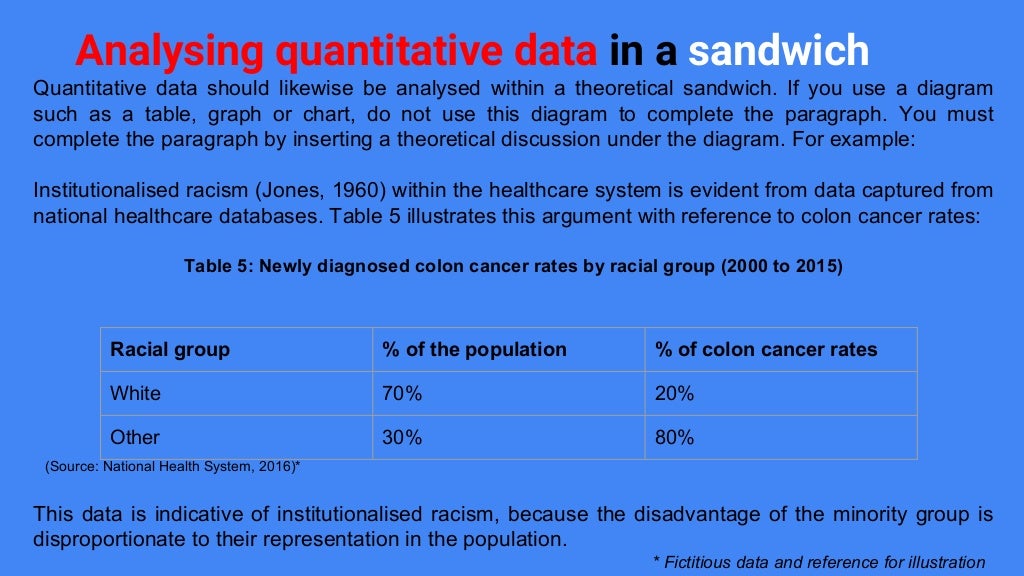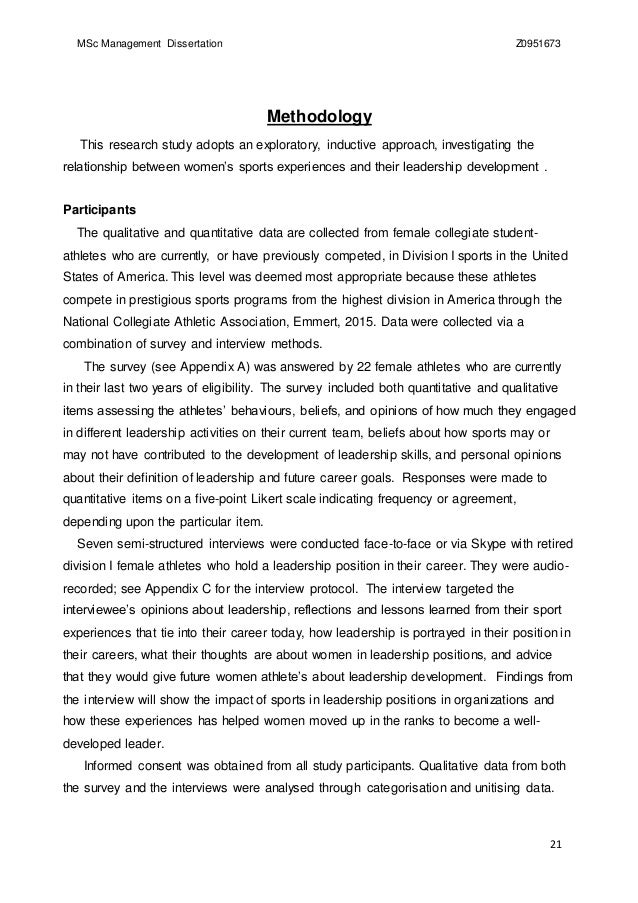
What’s Qualitative Data Analysis and Why Does it Matter?
Key Phrases for use in writing up qualitative research. “ A strong theme that emerged was. with the term “x” being used by (%) of respondents. “5/20 felt that the issue under discussion was ” “ A high number of respondents (give fraction) felt that ” “Underlying this main theme, a number of sub-themes emerged, suggesting some variation” · The filling is your data analysis. 1. Open each paragraph with a conceptual argument that cites a theorist. 2. Next, analyse data using conceptual principles to illustrate your theoretical argument. 3. Close the paragraph by showing how your analysis proves your opening argument. Point 3: (a) Do not repeat point 1 (opening) · The conclusion of your data analysis is arguably its most important part. So you better make sure this section packs a hefty punch. At this point of the writing process, you must state your findings, linking them to your research’s objectives and questions. After you’ve concluded the data analysis process, you need to craft a final report
Frequency Distribution Analysis
· Given below are some best practices that one can follow while writing the analysis section. Having an introductory paragraph which explains the chapter; Referencing the analysis with the literature review. Cross referencing is a good way to relate the common points that the researches has come up between analysis and literature blogger.comted Reading Time: 2 mins Key Phrases for use in writing up qualitative research. “ A strong theme that emerged was. with the term “x” being used by (%) of respondents. “5/20 felt that the issue under discussion was ” “ A high number of respondents (give fraction) felt that ” “Underlying this main theme, a number of sub-themes emerged, suggesting some variation” · The conclusion of your data analysis is arguably its most important part. So you better make sure this section packs a hefty punch. At this point of the writing process, you must state your findings, linking them to your research’s objectives and questions. After you’ve concluded the data analysis process, you need to craft a final report

Methods of Qualitative data
· The filling is your data analysis. 1. Open each paragraph with a conceptual argument that cites a theorist. 2. Next, analyse data using conceptual principles to illustrate your theoretical argument. 3. Close the paragraph by showing how your analysis proves your opening argument. Point 3: (a) Do not repeat point 1 (opening) Key Phrases for use in writing up qualitative research. “ A strong theme that emerged was. with the term “x” being used by (%) of respondents. “5/20 felt that the issue under discussion was ” “ A high number of respondents (give fraction) felt that ” “Underlying this main theme, a number of sub-themes emerged, suggesting some variation” · Given below are some best practices that one can follow while writing the analysis section. Having an introductory paragraph which explains the chapter; Referencing the analysis with the literature review. Cross referencing is a good way to relate the common points that the researches has come up between analysis and literature blogger.comted Reading Time: 2 mins

Incredible Tips On Writing A Good Dissertation Data Analysis
You have to choose your post-hoc statistic carefully (e.g. think Tukey) based on the characteristics of your data. 6. Double check your work and output. We have all made mistakes at one time or another in analyzing our data or interpreting our results. Double check everything you’ve done after you’ve run all of your analyses · The filling is your data analysis. 1. Open each paragraph with a conceptual argument that cites a theorist. 2. Next, analyse data using conceptual principles to illustrate your theoretical argument. 3. Close the paragraph by showing how your analysis proves your opening argument. Point 3: (a) Do not repeat point 1 (opening) Key Phrases for use in writing up qualitative research. “ A strong theme that emerged was. with the term “x” being used by (%) of respondents. “5/20 felt that the issue under discussion was ” “ A high number of respondents (give fraction) felt that ” “Underlying this main theme, a number of sub-themes emerged, suggesting some variation”

Reliability Analysis
· The filling is your data analysis. 1. Open each paragraph with a conceptual argument that cites a theorist. 2. Next, analyse data using conceptual principles to illustrate your theoretical argument. 3. Close the paragraph by showing how your analysis proves your opening argument. Point 3: (a) Do not repeat point 1 (opening) You have to choose your post-hoc statistic carefully (e.g. think Tukey) based on the characteristics of your data. 6. Double check your work and output. We have all made mistakes at one time or another in analyzing our data or interpreting our results. Double check everything you’ve done after you’ve run all of your analyses · The conclusion of your data analysis is arguably its most important part. So you better make sure this section packs a hefty punch. At this point of the writing process, you must state your findings, linking them to your research’s objectives and questions. After you’ve concluded the data analysis process, you need to craft a final report
No comments:
Post a Comment